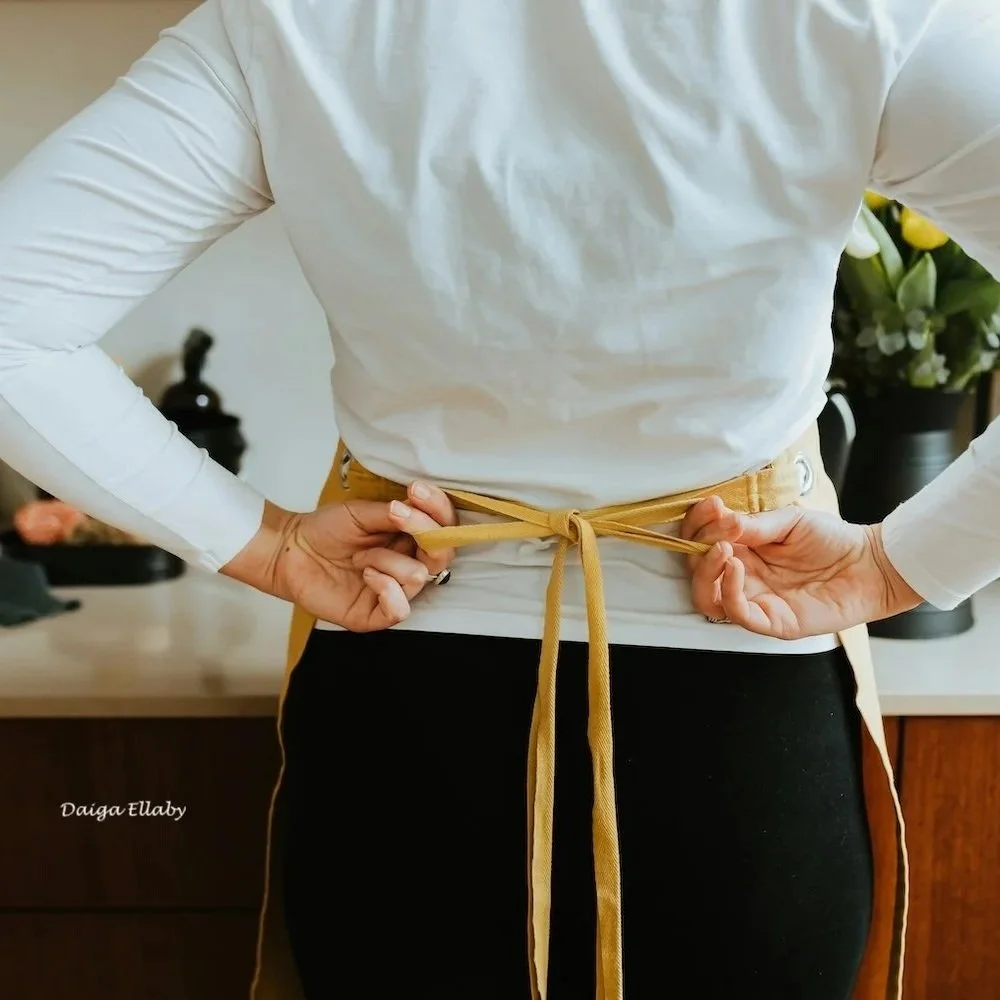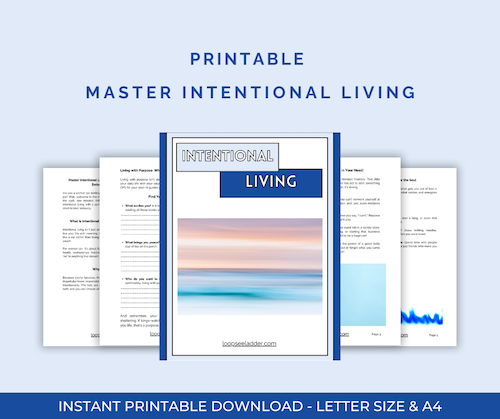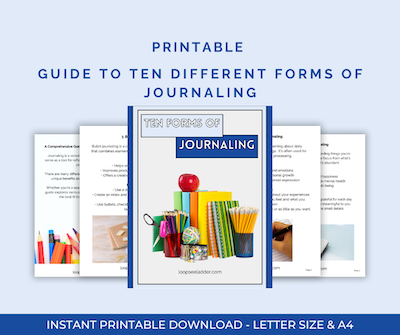The Japanese Influence on Fall Fashion: A Cultural Elegance
Japanese fashion has long been a source of inspiration worldwide, particularly for its unique blend of tradition and modernity.
As fall arrives, the influence of Japanese aesthetics becomes more pronounced, offering a sophisticated yet understated elegance that resonates with the season.
In the blog post "The Japanese Influence on Fall Fashion: A Cultural Elegance," Chris Cole explores how Japanese aesthetics shape women over 55's autumn wardrobes. She highlights the fusion of traditional elements with modern design, emphasizing minimalism, layering, and natural fabrics. The article offers practical tips for incorporating these influences into everyday attire, aiming to inspire women to embrace a sophisticated and timeless style this fall.
A Preamble
Japanese fashion has long been a source of inspiration worldwide, particularly for its unique blend of tradition and modernity.
As fall arrives, the influence of Japanese aesthetics becomes more pronounced, offering a sophisticated yet understated elegance that resonates with the season.
This blog post will explore the Japanese influence on fall fashion, shaping fall wardrobes, focusing on minimalism, layering, and natural fabrics.
We’ll also provide practical tips on incorporating these influences into your style.
Digital Download By Chris: Exploring Your Values, Passions, and Strengths Workbook
Japanese minimalism is renowned for its focus on simplicity and functionality, making it a perfect match for fall fashion.
1. The Essence of Japanese Influence on Fall Fashion
Japanese minimalism is renowned for its focus on simplicity and functionality, making it a perfect match for fall fashion.
Clean Lines and Simple Silhouettes:
Japanese fashion favours clean lines and simple silhouettes that allow for ease of movement and comfort—essential qualities for fall clothing. Think oversized coats, straight-leg trousers, and A-line skirts that are practical and stylish.Neutral Colour Palette:
The Japanese approach to colour often centres on neutral tones like beige, gray, and black, which are ideal for muted fall hues. These colours reflect nature's transition and offer versatility in layering.Focus on Quality over Quantity:
Japanese minimalism emphasizes fewer, high-quality pieces instead of a cluttered wardrobe. This aligns perfectly with the concept of a fall capsule wardrobe, where each item serves a specific purpose.
Japanese minimalism is renowned for its focus on simplicity and functionality, making it a perfect match for fall fashion.
2. The Art of Layering: A Japanese Fashion Staple for Fall
Layering is a cornerstone of Japanese fashion, particularly during the fall season when temperatures fluctuate.
Layering Basics:
Start with lightweight inner layers such as a fitted turtleneck or a simple cotton tee. Add a middle layer like a cardigan or light sweater for warmth. Top it off with an outer layer, such as a kimono-inspired coat or a loose-fitting jacket.Mixing Textures:
Japanese fashion often uses a variety of textures to add depth to an outfit. For example, mix wool, cashmere, and silk to create a dynamic, layered, comfortable, and chic look.Balance and Proportion:
The key to successful layering in Japanese fashion lies in balance and proportion. Pair a voluminous outer layer with more fitted inner pieces to avoid a bulky look. This creates a harmonious and flattering silhouette.From YouTube - Marie-Anne Lecoeur - The French Chic Expert: 10 Fashion Mistakes Elegant Women Over 50 Never Make
Layering is a cornerstone of Japanese fashion, particularly during the fall season when temperatures fluctuate.
3. Embracing Natural Fabrics: A Nod to Japanese Sustainability
Sustainability is deeply rooted in Japanese culture, extending to their fabric choices for fall fashion.
Organic Cotton:
Organic cotton is a staple in Japanese fashion, valued for its softness and breathability. It’s perfect for layering and can be found in everything from basic tees to cozy sweaters.Wool and Cashmere:
For those colder fall days, Japanese fashion often incorporates wool and cashmere. These natural fabrics provide warmth without sacrificing style, making them ideal for chic fall looks.Linen for Early Fall:
As temperatures drop, linen is known for its lightweight and breathable properties. It’s often used in transitional pieces, such as wide-leg pants or tunic dresses.Sustainable Practices:
Many Japanese designers prioritize sustainability, opting for eco-friendly fabrics and ethical production methods. Incorporating these elements into your fall wardrobe aligns with current fashion trends and supports environmental consciousness.
Sustainability is deeply rooted in Japanese culture, extending to their fabric choices for fall fashion.
4. Incorporating Japanese Fashion Elements into Your Fall Wardrobe
Start with the Basics:
Invest in high-quality basics, such as a neutral-coloured turtleneck or a minimalist coat, which can serve as the foundation for your outfits.Experiment with Layering:
Try layering different textures and proportions to create a functional and stylish look. Don’t be afraid to mix traditional Western pieces with Japanese-inspired items.Accessorize with Care:
Japanese fashion often emphasizes simplicity, so complement your look with understated accessories, such as a silk scarf or minimalist earrings.Embrace Wabi-Sabi:
Wabi-sabi is the Japanese concept of finding beauty in imperfection. Apply this to your fall fashion by choosing pieces that are well-loved or have a handmade, artisanal quality.Digital Download By Chris: Unlock Your Best Life: A Guide to Cast Your Vision Forward
Digital Download By Chris: Exploring Your Values, Passions, and Strengths Workbook
Start with the Basics:
Invest in high-quality basics, such as a neutral-coloured turtleneck or a minimalist coat, which can serve as the foundation for your outfits.
Conclusion: Elevate Your Fall Fashion with Japanese Aesthetics
Incorporating Japanese fashion elements into your fall wardrobe is a beautiful way to embrace a season of change with intention, purpose, passion, and joy.
From the elegance of minimalism to the art of layering and the sustainability of natural fabrics, Japanese fashion offers a wealth of inspiration for women 55 and older who seek to live their best lives through style.
Incorporating Japanese fashion elements into your fall wardrobe is a beautiful way to embrace a season of change with intention, purpose, passion, and joy.
From the elegance of minimalism to the art of layering and the sustainability of natural fabrics, Japanese fashion offers a wealth of inspiration for women 55 and older who seek to live their best lives through style.
Call to Action:
Inspired by the Japanese influence on fall fashion?
Share this post with friends who love fashion with a purpose!
Explore our related content for more style tips.
FAQ
Q: Who is this article for?
A: Women aged 55+ who want to refresh their fall style with elegance, cultural inspiration and pieces that reflect their personality and maturity.
Q: What does “Japanese influence” mean in a fashion context here?
A: It means borrowing design elements influenced by Japanese style: buildable layering, emphasis on fabric quality, simplicity with a twist, thoughtful colour use, and elegance in understatement.
Q: Do I need to change my entire wardrobe to get this aesthetic?
A: No. The article encourages integrating a few key pieces or adjustments—perhaps a textured scarf, a tailored jacket, a rich knit, or a simple accessory—that reflect the influence, rather than a full overhaul.
Q: What practical tips are included?
A: Suggestions such as: selecting a “signature” colour or fabric for fall inspired by Japanese tones; layering with intention (e.g., tunic over slim trousers); choosing accessories that bring quiet elegance (e.g., a minimalist pendant or structured bag); incorporating natural textures; keeping silhouette clean and comfortable.
Q: How will this benefit my style now?
A: You’ll cultivate a more intentional wardrobe—one that reflects your maturity and confidence, uses quality and comfort, and brings a sense of cultural richness and timelessness rather than trend-chasing.
Q: Is this a substitute for a professional stylist?
A: No. This article provides style inspiration and practical guidance suited for women 55+. If you prefer personalized tailoring or wardrobe consulting, a stylist could still add value.
👉 I thoughtfully use AI tools to polish my writing, but every story comes from my lived experience.




































